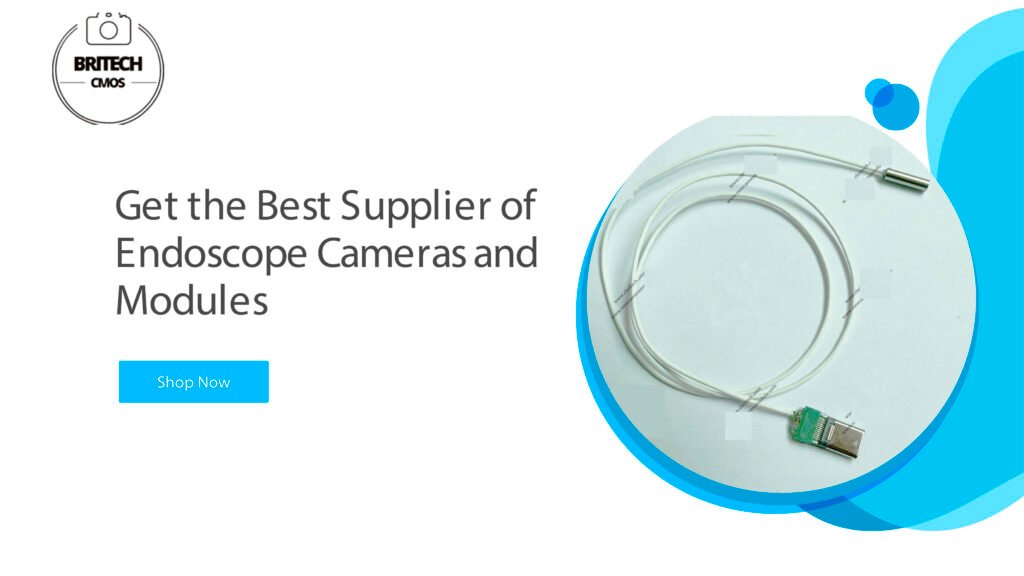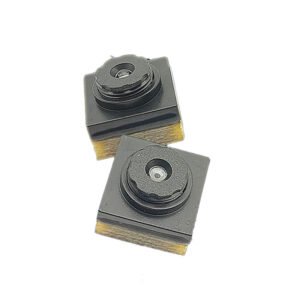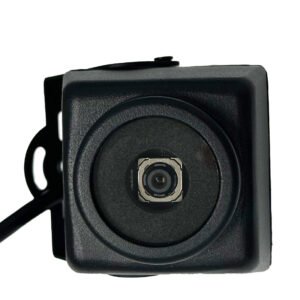Endoscopic medical cameras are in high demand. They allow medical practitioners to examine the interior parts of patients for correct diagnosis and planning of treatment.
Endoscopic cameras can enable viewing, capturing images, and recording videos in the human body’s hard-to-reach places where visibility is limited.
The specialized cameras help to visualize surgeries or track diagnostic procedure on a medical-grade screen such as computer monitor, console or a TV display.
To buy institutional buying of medical cameras, you can shortlist a few reliable medical endoscope camera suppliers to seek a good deal.
Camera module suppliers always practice discounted prices for camera modules and imaging subsystems to encourage bulk buying.
This is a strategy of most medical market OEMs to focus on high volumes and differentiated product designs. The advances in the process and design of image sensors have ushered in high sensitivity products with good SNR and lower power consumption.
The ongoing shift from reusable to disposable endoscopes is also boosting the camera and module markets. That is why OEMs are offering low-cost benefits. This is very true about disposable and capsule endoscopy solutions that are helping to end cross-contamination and reprocessing.
In addition to improving diagnostic accuracy with high image quality, sensor solutions have to shrink for the disposable endoscope market. That is where the advent of integrated imaging subsystems is helping with the smaller camera modules.
The notable modules are the NanEyeM camera module, Omnivision’s OVMed OCHSA, and OCHTA cable modules.
The complete imaging subsystem for endoscopes shortens the time to market for the designers and is allowing doctors to see details in the body’s smallest anatomy.
Using chip-on-tip technology, Endoscope camera modules carry lens and imaging electronics integrated towards the device’s ending portion.
In the market, you can buy many types of endoscopes used for diagnostic, preventative, and surgical applications. They include a Cystoscope to study the interiors of the bladder, urethra, urinary tract, and prostate.
Laryngoscope endoscope can be inserted through the mouth to view the voice box. An Otoscope examines the eardrum and the passage of the outer ear. Gastroscope will help to study the upper part of the digestive system covering the throat’s interior, esophagus, and stomach.
As for camera module, also called as CCM (Compact Camera Module) it is for real-time monitoring as a video input device. Its main components include Lens, Infrared filter, Image sensor, Digital Signal Processing (DSP), soft board, or PCB. Many sensor ICs are integrated with DSP. In case, the modules do not have integrated DSP there is a need for providing it externally.
Overall, suppliers can give you the big picture on endoscopic camera products such as design, quality, price etc and make the sourcing process totally hassle-free.







